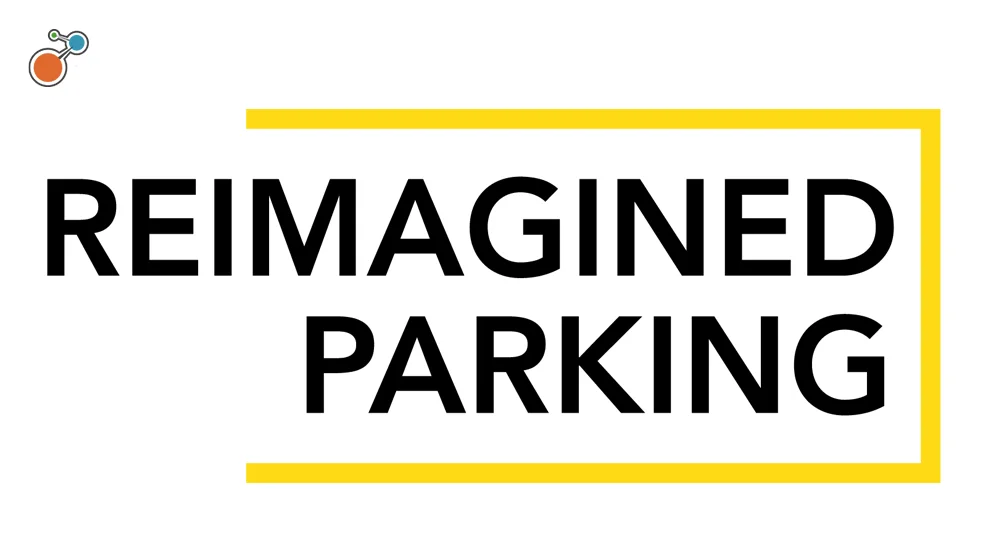Business risks are any type of potential threat to an organization’s profits, overarching goals, or overall safety. There are both internal and external risks to consider, and BUSINESSES HAVE BEEN MANAGING BUSINESS RISKS FOR YEARS. Some examples of business risks may include economic changes, political dynamic switches, and everyday business-associated risks such as employee health and safety. The type of risks that an organization has can fluctuate depending on the type of business — not all organizations have the same business risks. As time goes on, new risks present themselves, so it is important to anticipate and prepare for both seen and unforeseen risks.
Basic Types of Risks
The first step to managing business risks is to gain an understanding of the varying SAFETY RISKS AND HAZARDS IN THE WORKPLACE. There are several different types of risks to consider and risks can fluctuate between businesses, so it is important to become aware of all possible risks.
Physical Risks
Physical risks are any type of potential hazard that can cause bodily harm. The most common example of this is building infrastructure risks. Such risks can include fire hazards like faulty wiring or overloaded power strips. Another common physical risk is exposure to hazardous material (e.g. gas, acid, toxic fumes, poisonous liquids or waste, etc.). When you are dealing with hazardous materials, a small spill or accident can turn into a big loss — both physically and monetarily.
Location Risks
Location risks encompass any type of natural disaster that a business may encounter — such as fires, floods, hurricanes, earthquakes, tornadoes, or winter storms. An organization’s locational risks vary depending on where the business is located. Different geographical areas are more or less prone to specific types of natural disasters. For instance, a business located in a warm coastal region will generally be more at risk for floods or tsunamis than a business located in a desert area. If your business is not equipped for natural disasters, the outcome could be costly.
Human Risks
Human risks are fairly straightforward and include any potential workforce personnel hazard. There are many human risks to consider, including:
- Illness
- Injury
- Embezzlement
- Theft;
- Fraud
- Alcohol and drug abuse
Technology Risks
Technology risks have to do with the different equipment that an organization uses. When your technology isn’t working, this could dramatically deter or eliminate your organization’s ability to do work. Some common technology risks are:
- Technology failure
- Power outages
- Power surges
- Wi-Fi outage
- Telephone/communications failure
- Cybersecurity risks
Strategic Risks
Strategic risks have to do with the different business ventures that organizations undertake. For example, car lots take on strategic risk by purchasing cars wholesale, but once they resell the cars at retail, their strategic risk generally pays off. All businesses take on some form of strategic risk, but it is important to make sure that you are seeing positive returns on your business ventures.
Identifying Risks and Implementing Risk Assessments
Once you have an understanding of the different business risks you might need to consider, it is important to ASSESS YOUR BUSINESS FOR RISKS. There are several different ways to go about this.
Break Down the Big Picture
When you are beginning your RISK MANAGEMENT PROCESS, you may feel overwhelmed and not know where to start. Start by taking a step back and analyzing your entire organization. There are numerous risks to consider, so break your business down into categories (technology risks, safety risks, human risks, financial risks, etc.) and analyze each category individually.
Be sure to ask yourself questions like, “What is something that could go wrong and create an issue?” or “What sort of training do your employees have to ensure their individual safety and the safety of the equipment they may use?” These types of questions can help you determine if you have processes in place to manage the risk, or if you need to make a plan to reduce the risk.
Risk Assessment Software and Third-Party Support
Managing all the potential risks in a business can be complex and time consuming. Many businesses choose to take advantage of RISK ASSESSMENT PROVIDERS to handle their risk analysis. They use risk analytics software and information management systems to determine what risks their businesses are susceptible to and the likelihood that they will occur. When you take advantage of third-party support, you can focus your business efforts elsewhere.
Conduct Internal and External Research
When you look through your financial statements, you get insight into spending, profits, and losses. By analyzing important information like where your money is going, what is making you money, and what is costing you money, you can better determine risks you weren’t unaware of.
Unless your business is one of a kind, you can generally learn a fair amount through external research. Industry research can help you identify and avoid risks faced by others in your space.
Seek Employee and Customer Feedback
You may have a good view of things at the managerial or C-suite level, but it is important to consider other views as well. Different employees have different job responsibilities and face different risks. Seek out employee feedback to help you determine risks that they experience that you may not be aware of.
Another great resource to utilize is your customers. When customers write reviews and complaints, you should take note of the complaints. If multiple customers have had a similar complaint, then you likely have a risk that needs mitigation.
Managing Business Risks
There is no one-size-fits-all approach to managing your business risks. Mitigating your varying business risks needs to be an intentional, ongoing process that requires a great deal of vigilance. Additionally, how you manage your risk depends entirely on the type of risk you are dealing with. There are two primary methods for managing business risks.
Preventing the Risk
Anticipating and putting measures in place to protect your business and your employees from risk is the best way to prevent risk. Preventing the risk depends on the type of risks your business is susceptible to, but some prevention methods include:
- Prevent physical risks by getting regular inspections, checking and replacing fire and CO2 detectors, and using signage to identify hazardous materials.
- Prevent locational risks by assessing what natural disasters or storms you are prone to in your business’s geographical location and mitigate the risk accordingly. For instance, if your area is known for tornadoes, you should consider a storm cellar and storm windows/doors.
- Prevent human risks by vetting applicants in the hiring process. Ask for references, analyze work history, communicate with past employers, and consider asking for a background check.
- Prevent technology risks by training your employees on proper usage, keeping your technology up to date (both replacing, and software updates), backing up your data offline, and properly protecting your data/business information.
- Prevent strategic risks by carefully planning business ventures with multiple perspectives/employees involved, and be sure to analyze your return on investment (ROI) continually.
Insuring the Risk
Some risks are unavoidable, but many risks are insurable. It is better to err on the side of caution and over-insure rather than under-insure. Gather comprehensive data about all of your risks to determine the best insurance plan for your business.
Carefully review your proposed insurance agreement to verify that every potential business risk is insured. If your business deals with a large amount of data, make sure that you have data loss insurance. If you live in an area that is prone to floods, make sure you get flood insurance. Don’t assume that your general business liability insurance has your entire business protected.
Next steps
For further information on this topic please contact DAVID THOMAS, Vice President International Sales.




